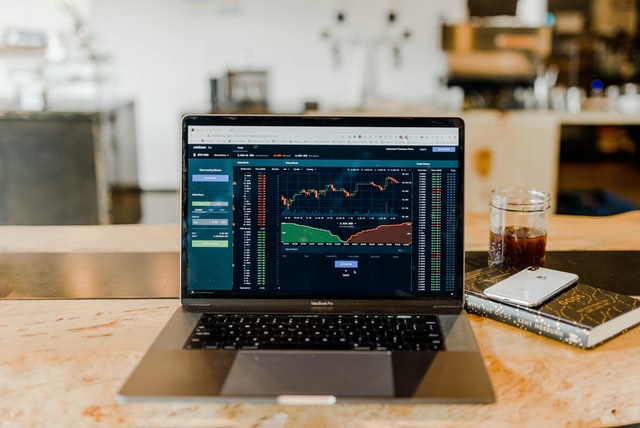The topic of how much money stock market day traders earn is certain to come up at some point, whether the motivation for doing so is to make a change in lifestyle, to seek thrills, or just for the challenge of it. There is a huge variance in how much money day traders earn, with some day traders losing their initial investments. In contrast, others use the same investments to generate a significant monthly income.
Risk management and trading technique are crucial factors in determining where a trader stands on the earnings spectrum. You will be able to understand how to seek day-trading earnings more successfully if you have implemented a sound trading strategy, taken measures to control your risk, and refined your efforts.
Risk Management
Day traders who do it for a job often limit the amount of money at risk on each transaction to a very low percentage—usually less than one percent of their total trading capital—to maximize their profits.
If you have a stock trading account of $30,000, you shouldn't risk more than $300 on each transaction (1 percent of $30,000). Position sizing is the term used to describe this fundamental concept.
Trading Strategy
For the sake of the following examples, the strategy may be divided into two components: the win rate and the gains compared to the losses. If a trading technique is successful in 60 out of every 100 deals, its win rate is equivalent to 60 percent when divided by 100.
A high win rate may seem what most traders want, but this metric only reveals a portion of the whole picture. Even if your win rate is high, but the size of your winning trades is much lower than that of your lost transactions, you will not be profitable.
The Variables That Affect Day Traders' Earnings
Suppose there are 1.5 times as many winners as losses for the following scenario. $30,000 is available for trading, and the trader has a win rate of 55%. You can only risk up to one percent of your total capital on each deal.
Five transactions go around daily (round turn includes the entry and exit). Since there are 20 trading days in a month, a total of 100 round-turn deals are executed every single month. The total cost of commissions and fees for the round journey is $30 ($15 going in and $15 coming out).
On the account, margin, also known as leverage of 4:1, is used. This indicates that the trader may utilize up to $120,000 even though they only have $30,000 available as long as all positions are closed before the conclusion of the trading session. Starting your stock portfolio with a balance of $30,000 is advised, even though the maximum amount allowed by law is $25,000.

Adjustments Must be Made to Your Strategy
Due to the rapid fluctuation in price, it is sometimes impossible to acquire all of the shares one desires while making profitable transactions. Assume thus that even when you are successful in a deal, you will only wind up with an average of 6,000 shares. Because of this, the total net profit is now just $3,300 rather than $8,250. Modifications of even a minor nature may have a significant effect on profits.
A few other assumptions were made in the preceding illustration, the most important of which was that the trader could find a stock that enables them to fully utilize their capital while employing a reward-to-risk ratio of 1.5. This was the main assumption that was made in the illustration. Some days may be easier than others to find five deals daily.

How Much Money Can Be Made Trading Stocks Every Day?
According to the scenario above, day trading offers the opportunity to realize a profit of more than 20% every month. This is quite high by the criteria that are often used, and most traders should not expect to earn this much money when considering real-world concerns like slippage and the fact that they may not always be able to achieve the entire position they wish on winning trades.
Even so, with a win rate of 55% and with a strategy that generates greater wins than losses, it is feasible to earn 5% to 15% or more every month, but it is not simple, even though the figures make it appear like it is easy. These numbers illustrate what is attainable for those who are successful at day trading equities in the stock market. Keep in mind that the success rate of day trading is quite low.







